What’s Up?
I scouted La Jolla this morning, this being Friday, January 30. My very own 100-400 II arrived via Fed-Ex today. I began working on the new exercises prescribed by Melvin Tann. And I had my annual check-up with good friend Cliff Oliver. I meet most of the group tomorrow evening. One participant has a family function to attend, and one couple had their flight changed by Delta.
This blog post took about 4 hours to assemble. It was published at 9:12pm PT, 12:12am ET on Saturday from my hotel room in San Diego. I still have many exciting new images, tales, and lessons from my recently concluded Southern Oceans trip to share with you here over the course of the next few weeks and am looking forward to doing just that. Do consider joining me in South Georgia next October for the trip of a lifetime. See here for the complete details.
This Just In
Register now for the South Georgia trip and receive a $242 on your return airfare. Please e-mail for details.
Please Remember to use our Affiliate Links 🙂
To show your appreciation for my continuing efforts here, we ask, as always, that you use our the B&H and Amazon affiliate links on the right side of the blog for all of your purchases. B&H Is recommended for you major photography gear purchases, Amazon for your household, entertainment, and general purpose stuff. Please check the availability of all photographic accessories in the BIRDS AS ART Online Store, especially the Mongoose M3.6 tripod heads, Gitzo tripods, Wimberley heads and plates, LensCoats and accessories, and the like. We sell only what I have used, have tested, and can depend on. We will not sell you junk. We know what you need to make creating great images easy and fun. And we are always glad to answer your gear questions via e-mail. I just learned that my account was suspended during my absence; it should be up and running by Monday at the latest.
I would of course appreciate your using our B&H affiliate links for all of your major gear, video, and electronic purchases. For the photographic stuff mentioned in the paragraph above we, meaning BAA, would of course greatly appreciate your business. Here is a huge thank you to the many who have been using our links on a regular basis and visiting the BAA Online store as well.
|
This image was created in cloudy conditions in early January, 2015 with the hand held, original version Canon 100-400mm L IS lens (at 365mm)–now replaced by the Canon EF 100-400mm f/4.5-5.6L IS II USM lens and the EOS-7D (now replaced by the One sensor below the central sensor/AI Servo/Surround Shutter button AF was active at the moment of exposure. The active sensor was on the center of the bird’s bill. Gentoo Penguin preening. Image courtesy of Sally-Sue South and copyright 2015 in the name of the artist. |
Today’s Images
All of today’s images were created by Sally-Sue South of Montreal, Canada. (Note that the name has been changed to protect the innocent.) All were created with the original (much-maligned) 100-400 L IS and the much-maligned EOS-7D.
The Beginning
After speaking with group member Anil Sud, Sally-Sue approached me on Day Two of the Southern Oceans Expedition and said, “I am on this trip by myself. I would like learn photography. I know nothing. Can I be part of your group?” I quickly learned that Sally-Sue was very eager to learn and that her self-assessment was quite accurate. As it turns out, Sally Sue was Canada’s third ever female rocket scientist. Being a private person she did not want me to share that fact with the rest of the boys and girls. But by the end of the voyage everyone aboard knew that Sally-Sue Smith was indded a retired rocket scientist. Being recently retired she decided that she wanted to learn photography. As it turned out, lucky me….
“Sure,” I said, “I will see you on the stern with your gear in 20 minutes.
|
This image was created in cloudy conditions on January 3, 2015 with the hand held, original version Canon 100-400mm L IS lens at 400mm–now replaced by the Canon EF 100-400mm f/4.5-5.6L IS II USM lens and the EOS-7D (now replaced by the Central sensor/Expand/AI Servo Shutter button AF as framed was active at the moment of exposure. Leopard Seal yawning. Image courtesy of Sally-Sue South and copyright 2015 in the name of the artist.
|
Learning the Basics
Nearly all of our landings were so fantastic that most times the folks in my group hit the beach and disappeared. At times, Sally-Sue wandered off on her own, but she tagged along with me quite a bit. She needed to learn everything from the bottom up. AI Servo for moving subjects. One-Shot and re-compose for static subjects. Point your shadow at the bird on sunny days. Move the AF sensor for stronger image designs. Work in Manual mode. Check the histogram. Learn to expose to the right. Check for blinkies. Work in Manual mode. Rocket-scientist or not, the same lessons needed to be re-visited and re-taught. And then re-visited and re-taught again. And again.
Rocket scientists are generally quite bright. Sally-Sue was closer to bring brilliant but she was so enthralled with the penguins and the seals and the albatrosses and the ice and the caracaras that she forgot about the photography basics. Her biggest failing? Learning to make a single image and then check the histogram….
|
This image was created in cloudy conditions on January 4, 2015 with the hand held, original version Canon 100-400mm L IS lens (at 340mm)–now replaced by the Canon EF 100-400mm f/4.5-5.6L IS II USM lens and the EOS-7D (now replaced by the Central sensor AI Servo/Expand/Shutter button AF as framed was active at the moment of exposure. Gentoo penguin feet close-up. Image courtesy of Sally-Sue South and copyright 2015 in the name of the artist.
|
The 0.0000014% Keeper Rate
When I first started looking at Sally-Sue’s images, her success rate really was miniscule. Mis-framed images. Gross under- and over-exposures. Head and feet cut off. But most all of them were sharp. And as the days passed by, she wound up making some nice images. It was rewarding to see her determination starting to pay off. At times she reverted to her old self after becoming engrossed in the beauty of the wildlife and the scenery, but more and more often she began remembering to check her exposure and actually began moving the AF sensor around. Oh how she loved the central sensor at first…
|
This image was created in cloudy bright conditions at one minute after noon on January 5, 2015 at Neko Harbor, Antarctica with the hand held original version Canon 100-400mm L IS lens (now replaced by the Canon EF 100-400mm f/4.5-5.6L IS II USM lens and the EOS-7D (now replaced by the Central sensor (manual selection) Shutter button AF as framed was active at the moment of exposure. Gentoo Penguin chick in nest with adult. Image courtesy of Sally-Sue South and copyright 2015 in the name of the artist.
|
Independence, at least for a while…
While I opted to spend the entire afternoon of January 4 at Jougla Point, Antarctica, Sally-Sue visited briefly, never made it up to the shag colony where I spent several hours, and took a zodiac to Port Lockroy. While on the boardwalk to the post office there were lots of nesting gentoos pretty much at eye level.
All in all she did very nicely on her own and her exposures were not bad.
|
This image was created as a JPEG (the first four images were from RAW files) in cloudy , drizzly conditions on December 16, 2014 at Steeple Jason in the Falklands with the hand held, original version Canon 100-400mm L IS lens (at 400mm)–now replaced by the Canon EF 100-400mm f/4.5-5.6L IS II USM lens and the EOS-7D (now replaced by the Two sensors below the central sensor (manual selection) Shutter button AF was active at the moment of exposure. The active sensor was exactly where it should have been, squarely on the chick’s face.
|
Well Under-exposed JPEG
This image, from the beginning of the trip, was a big underexposure. But oh so cute. I was surprised that with just a few minutes in Photoshop that the JPEG was so easily optimized. Note that any 100-400 with any 7D gives you effective 640mm that can be effectively hand held by most folks. Including Sally-Sue.
The Lens Story
Several days into the trip Sally-Sue’s 100-400 was damaged beyond repair after being mis-handled on a landing. It had not been well padded enough. As you might surmise, it can be tough to get a new lens in the middle of the Southern Ocean. Expedition leader Hugh Rose had received his 100-400 II at an airport en-route to South America. He kindly sold his old 100-400 to Sally-Sue for the very fair price of $900 US. The story, however, does not end there. The captain of the Ortelius expressed an interest in photography. At the end of the trip, after talking to Sally-Sue, Hugh bought the lens back from her for $900 and sold it to the captain for the same price. As it turned out, Sally-Sue enjoyed the cheapest-ever lens rental.
After the trip Sally-Sue purchased the new 100-400 II and the 7D II. Both using my Amazon Canada link. Many thanks S-S S.
Sally-Sue’s Thoughts
After the trip Sally-Sue thanked me for my help. She said that she really enjoyed the camraderie of the group and that she was amazed by the Cheesemans’ expedition staff. She had been on a previous trip to Antarctica on which landings were cancelled on a whim. “The staff was amazing. They worked hard to get us in the right place at the right time in the right light for as long as possible. No matter the weather or the surf conditions. And the zodiac drivers were brilliant; they actually cared about the photographers and about getting the zodiacs in the exact right spot. Tim Carr, Hugh, Ron (Niebrugge), Greg (LaHaie), and Joe (Kaplan) were all great. And so, so knowledgable.”
She continued, “Best of all, was that my skills improved so much by the end of the trip that I had the courage to put five images in the Antarctica slide show. And everyone loved them.”
|
This image was created in cloudy conditions after lunch on January 7, 2015 in the Drake Passage with the hand held original version Canon 100-400mm L IS lens (at 380mm) now replaced by the Canon EF 100-400mm f/4.5-5.6L IS II USM lens and the EOS-7D (now replaced by the Central sensor (manual selection) Shutter button AF as framed was active at the moment of exposure. Immature Wandering Albatross in flight from the ship. Image courtesy of Sally-Sue South and copyright 2015 in the name of the artist.
|
Kicking the Teacher’s Butt
My Drake Passage good weather karma held for yet another crossing. Sally-Sue created this image while I was standing right next to her. I missed the yawn. Nobody could recall ever seeing an image of a Wandering Albatross in flight with its bill open. Note: this is a young bird. Kudos to Sally-Sue for zooming out, for getting a sharp image in difficult conditions, and making a great image to end the trip.
I shared these six images with Patrick and Robin Sparkman last night at dinner. Patrick said,”Those are great Artie.” “Thanks,” I said, They are not mine. The were all created by a beginning student. When she came aboard she did not know which end of the lens to point at the bird. I would be proud to have any of them in my collection.”
What Can BIRDS AS ART Do for You?
Whether you are a stone cold beginner, or an experienced professional, we can teach you to create better images.
|
Do consider joining me for a once in a lifetime trip to the Galapagos archipelago in July, 2015. |
GALAPAGOS Photo Cruise of a Lifetime IPT/The Complete Galapagos Photographic Experience. July 14-28, 2015 on the boat. 13 FULL and two half-days of photography: $12,499. Limit 14 including the leader:/Openings: 2.
I need to put one more happy camper on the boat. If you are serious about joining us and would like to save some big bucks, please get in touch via e-mail.
My two-week Galapagos Photo-Cruises are without equal. The world’s best guide, a killer itinerary, a great boat (the Samba), and the best leader with eight Galapagos cruises under his belt. Pre-trip and pre-landing location-specific gear advice. In-the-field photo instruction and guidance. Jeez, I almost forgot: fine dining at sea!
The great spots that we will visit include Tower Island (including Prince Phillips Steps and Darwin Bay), Hood Island (including Punta Suarez, the world’s only nesting site of Waved Albatross, and Gardner Bay)—each of the preceding are world class wildlife photography designations that rank right up there with Antarctica, Africa, and Midway. We will also visit Fernandina, Puerto Ayora for the tortoises, Puerto Egas—James Bay, North Seymour and Isla Lobos for nesting Blue-footed Booby (most years), South Plaza, Floreana, and Urbina Bay, all spectacular in their own right. We visit every great spot on a single trip. Plus tons more. And there will he lots of opportunities to snorkel on sunny mid-days for those like me who wish to partake.
We will be the first boat on each island in the morning and the last boat to leave each island every afternoon. If we are blessed with overcast weather, we will often spend 5-6 hours at the best sites. And as noted above, mid-day snorkeling is an option on most sunny days depending on location. Note: some of the walks are a bit strenuous. Great images are possible on all landings with a hand held 70-200mm lens and a 1.4X teleconverter. I bring a longer lens ashore on most landings as that fits my style. I generally work with either the Canon 300mm f/2.8L IS or the Canon 200-400mm f/4 L IS with Internal Extender.
Do know that there is a NatureScapes Galapagos trip: one week for $8495. Thus, my trip represents a tremendous value; why go all that way and miss half of the great photographic locations?
The Logistics
Fly to Guayacil, Ecuador on July 12, 2015. Travel insurance/rest day: July 13 (We may or may not offer a photo outing on the 13th). Fly to the archipelago on July 14 and board the Samba. Get off the boat on July 28. Fly to Guayacil that afternoon. Fly home on the early morning of July 29 unless you are staying on or going elsewhere (or catching a red-eye flight on the evening of the 28th).
$12,499 includes just about everything: all transfers, guide and park fees, all food on the boat, transfers and ground transportation, your flights to the archipelago, and three nights (double occupancy) in a top notch hotel in Guayacil. If you are good to go, a non-refundable deposit of $5,000 per person is due immediately. The second payment of $4,000 is not due until 11/1/14. The final payment of $3449 per person will be due on 2/1/15. A $200 discount will be applied to each of the balances for couples or friends who register at the same time.
Purchasing travel insurance within 2 weeks of our cashing your deposit check is strongly recommended. On my past two cruises a total of 5 folks were forced to cancel less than one week prior to the trip. My family and I use Travel Insurance Services and strongly recommend that you do the same.
Not included: your round trip airfare from your home to and from Guayacil, beverages on the boat, phone calls, your meals in Guayacil, personal items, and a $600/person cash tip for the crew and the guide—this works out to roughly $40/day to be shared by the 7 folks who will be waiting on us hand and foot every day for two weeks. The service is so wonderful that many folks choose to tip extra.
Please e-mail for the complete itinerary and for additional info and images. Please cut and paste “Galapagos 2015 Info Please) into the Subject line.
Be sure to like and follow BAA on Facebook by clicking on the logo link upper right. Tanks a stack!
Support the BAA Blog. Support the BAA Bulletins: Shop B&H here!
We want and need to keep providing you with the latest free information, photography and Photoshop lessons, and all manner of related information. Show your appreciation by making your purchases immediately after clicking on any of our B&H or Amazon Affiliate links in this blog post. Remember, B&H ain’t just photography!
Amazon.com
Those who prefer to support BAA by shopping with Amazon may use this link:
Amazon Canada
Many kind folks from north of the border, eh, have e-mailed stating that they would love to help us out by using one of our affiliate links but that living in Canada and doing so presents numerous problems. Now, they can help us out by using our Amazon Canada affiliate link by starting their searches by clicking here. Many thanks to those who have written.
Typos
In all blog posts and Bulletins, feel free to e-mail or to leave a comment regarding any typos or errors. Just be right :).
Be sure to like and follow BAA on Facebook by clicking on the logo link upper right. Tanks a stack!
Support the BAA Blog. Support the BAA Bulletins: Shop B&H here!
We want and need to keep providing you with the latest free information, photography and Photoshop lessons, and all manner of related information. Show your appreciation by making your purchases immediately after clicking on any of our B&H or Amazon Affiliate links in this blog post. Remember, B&H ain’t just photography!
Amazon.com
Those who prefer to support BAA by shopping with Amazon may use this link:
Amazon Canada
Many kind folks from north of the border, eh, have e-mailed stating that they would love to help us out by using one of our affiliate links but that living in Canada and doing so presents numerous problems. Now, they can help us out by using our Amazon Canada affiliate link by starting their searches by clicking here. Many thanks to those who have written.
Typos
In all blog posts and Bulletins, feel free to e-mail or to leave a comment regarding any typos or errors. Just be right :).

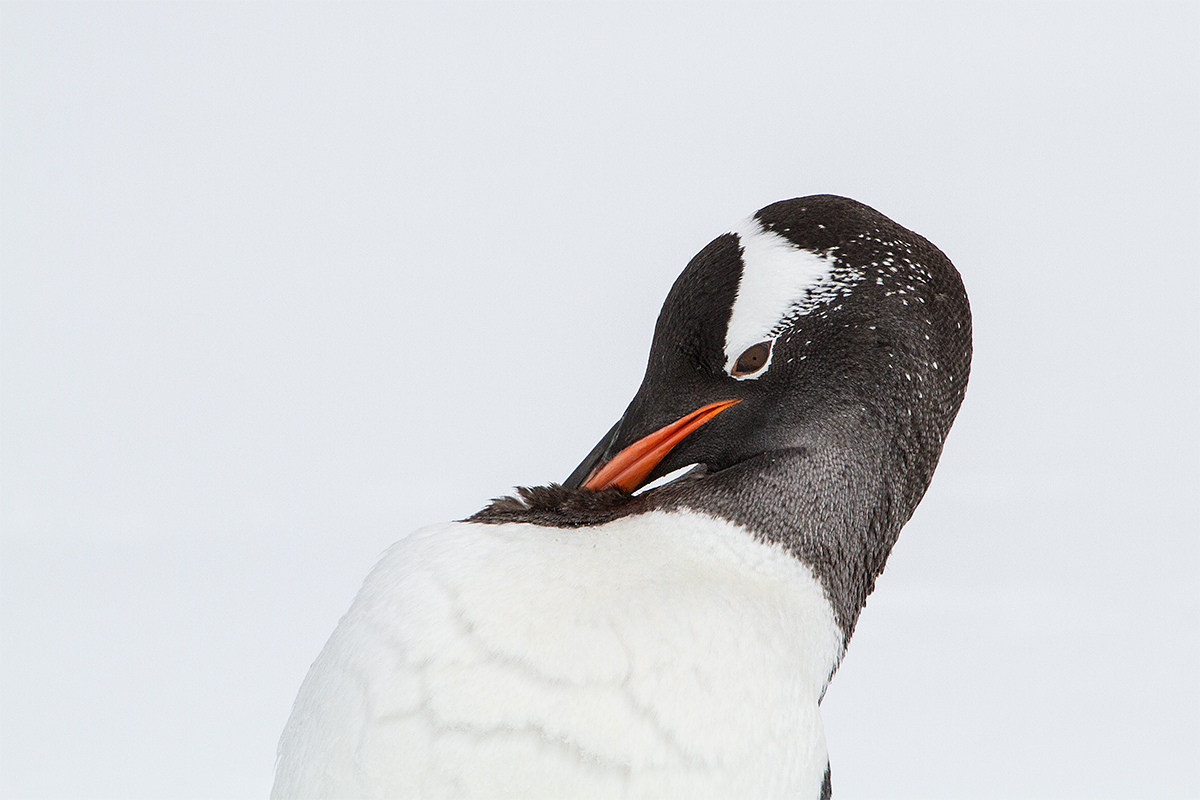
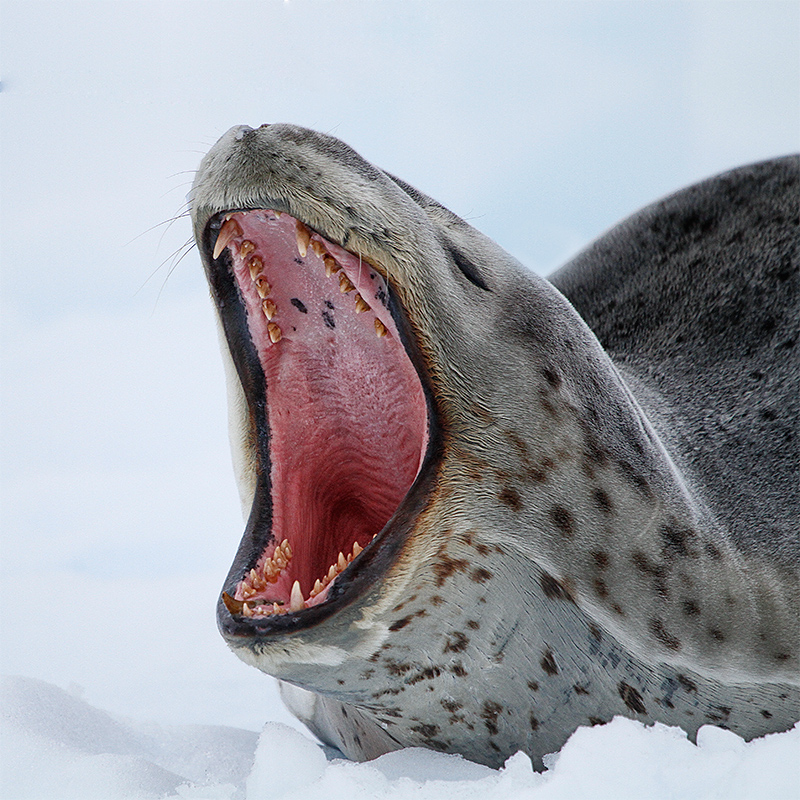
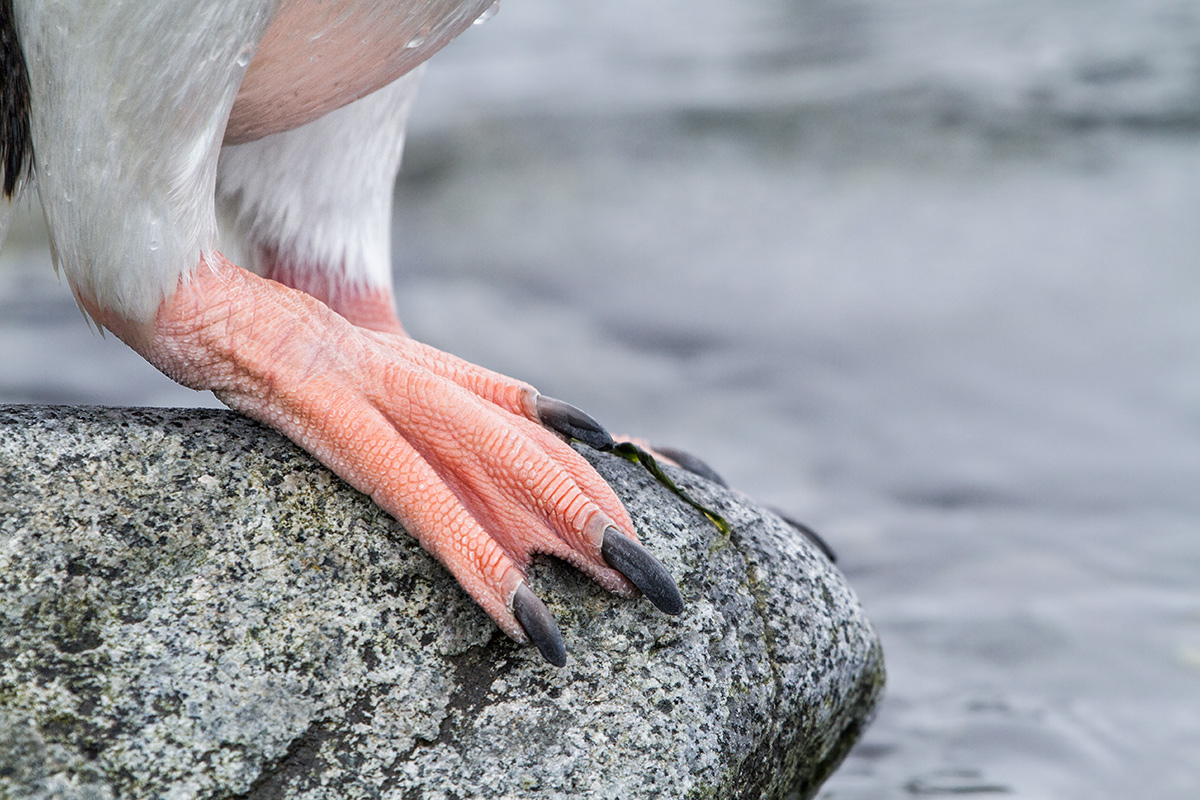
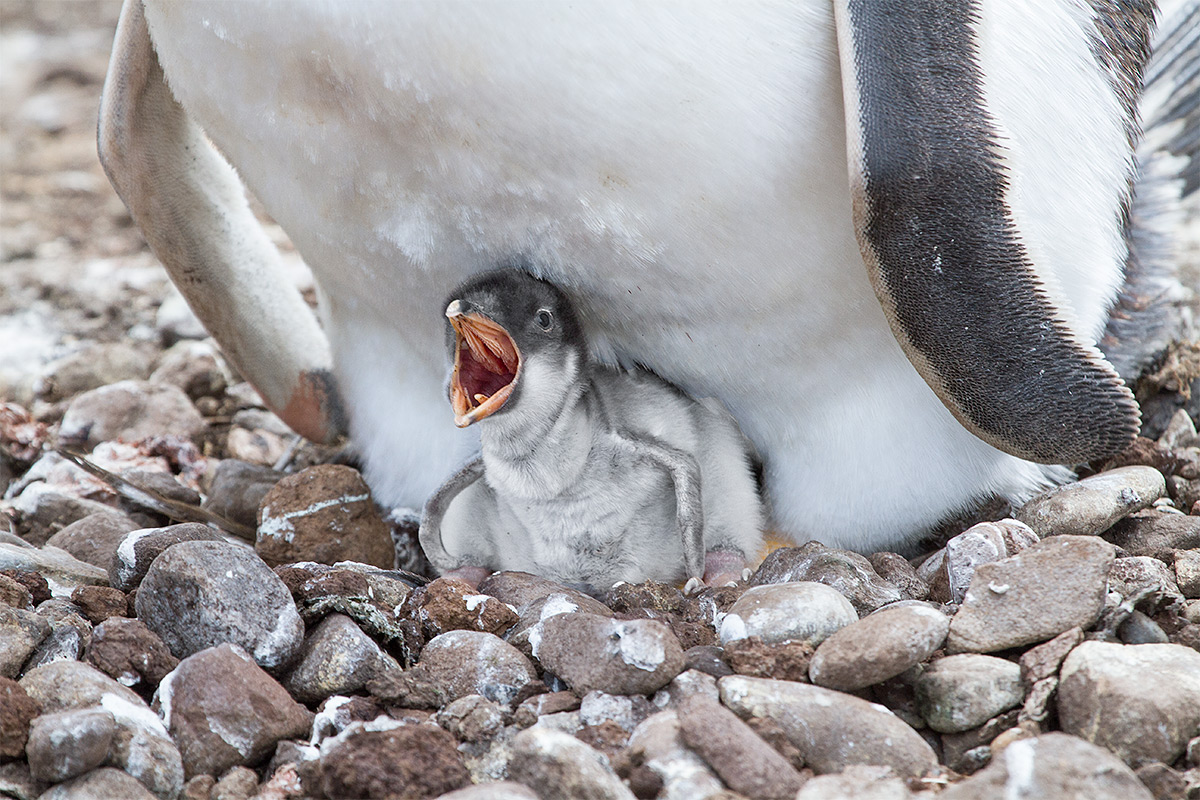
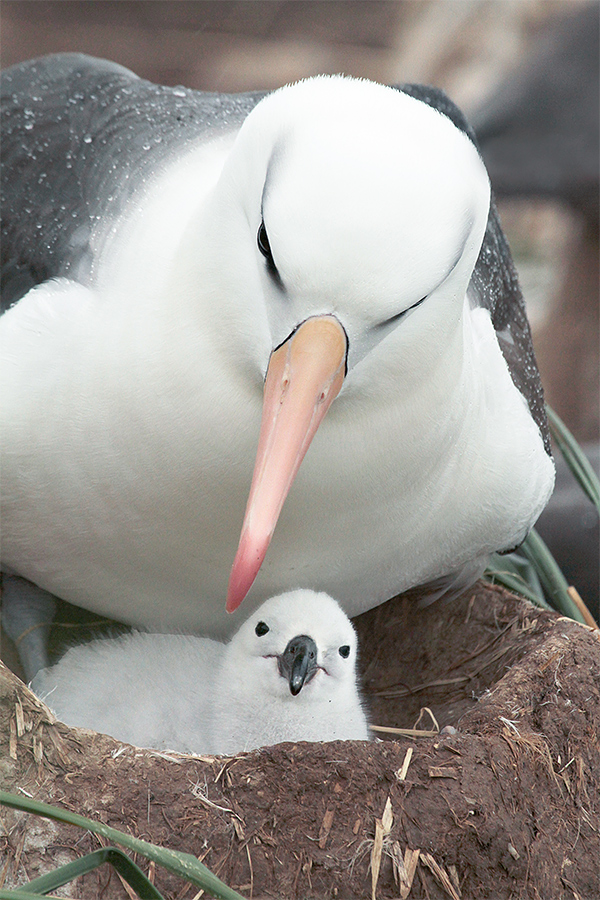
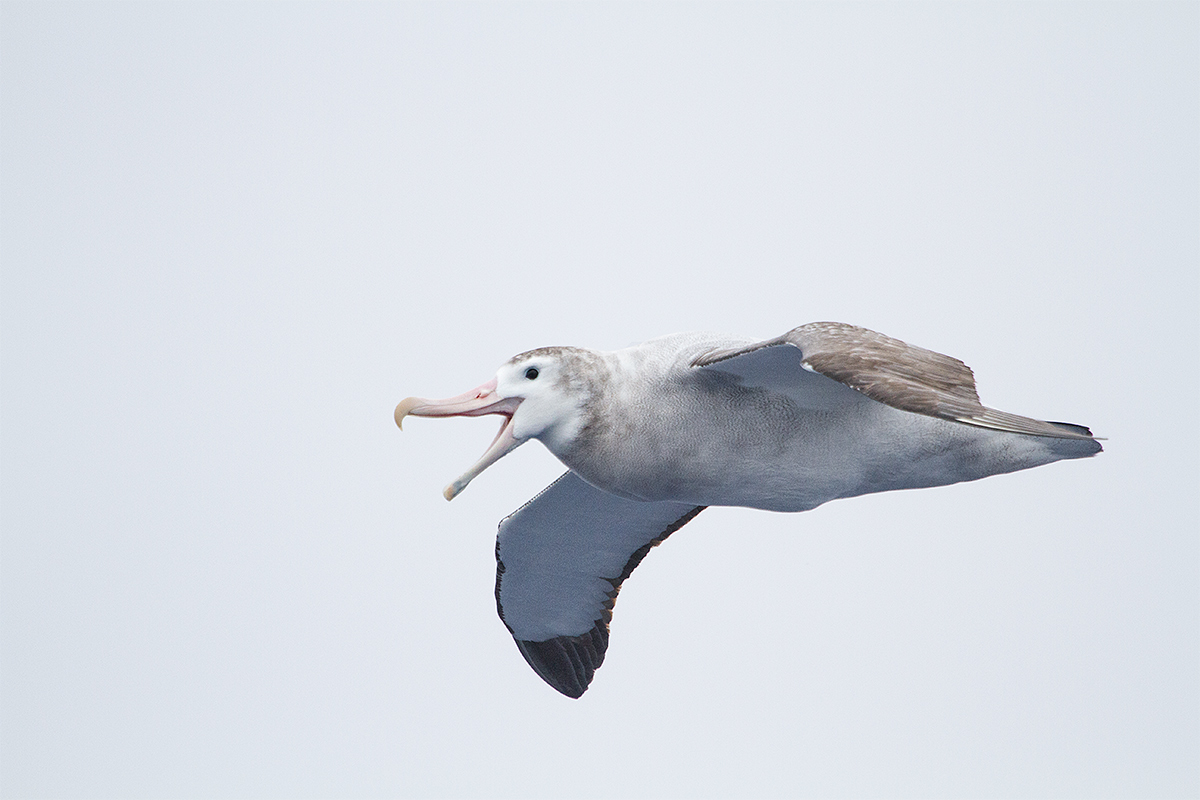
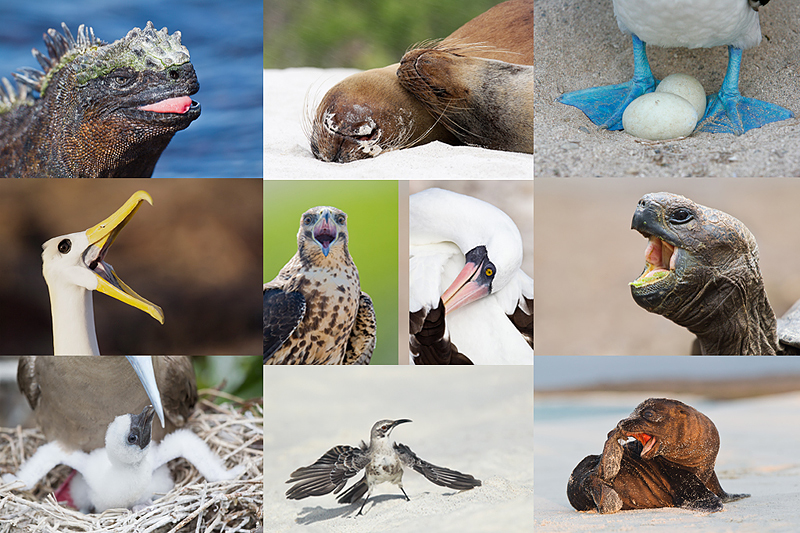













Great Story!!!
I’d like to add my two cents also. I knew very little about animal photography when I took a IPT many years ago with Artie. I was very impressed with his knowledge, but most of all with his willingness to spend time with us individually to answer our questions and help in the field.
There are many people who teach photo workshops and Artie is one of the most helpful! Taking one of his IPT’s or presentations will teach you many things which are practical and help improve your photographic skills.
Thank you,
Les
As Artie mentioned, we were lucky enough to see these images full size on his computer. I really thought they were his images, they were so good. But my jaw dropped like the leopard seal’s when I saw that image. Fabulous in every way. I like the square composition, and “penguin’s worst nightmare” teeth!
Hi Artie, I enjoy your blog, tutorials and images. In reference to the pan/sunset image. It seems very noisy at ISO 400 with the 7D ii? Please comment. thanks steve
Hi Steve, Where are you seeing noise? I looked at the image at 100 and 400% and did not see any chrominance noise. Did see a bit of luminance noise or at least what I think of as luminance noise. More in the water than in the sky of course. Why that? Because the dark water is actually way under-exposed because I needed to expose for the light yellow strip. All that said nothing objectionable to me. Else I would have dealt with it more aggressively. artie
What an inspiring story. If you are really interested in the topic and have a great teacher, the learning curve is straight up. Loved Sally Sue’s images and think she was most fortunate to have met you on her trip.
Good for Sally Sue. She did a great job. You’re a good teacher, Artie
Artie, By going only to South Georgia what penguin and other bird species are missed?
Species diversity declines as you get closer to either pole. The only Antarctic species that you will likely miss in South Georgia is Adelie. Their big colonies are only in Antarctica. Chinstraps are also more southerly breeders but we should see at least a few. artie
Artie,
Thank you for sharing this story. I second everything George said. I’ve been at it for 5 years now, and some days, especially when I get excited about the encounter, a behaviour, or a new species, I forget what I have learned and become a S-SS too. Failure to check my monitor is probably my most frequent and frustrating lapse.
Today, with the the new 7DIII, coupled with the new Canon 100-400mm/4, Tamron or Sigma 150-600mm, wannabe bird photographers can have a very capable kit for less than $5k. Our ranks will swell because of this. I’ve seen some amazing images on the web, captured with this gear by skilled and experienced photographers. Sadly I also read many reviews of this equipment where newbies trash the gear because they couldn’t get a sharp image, probably due to operator error. There is a lot to learn and this a great place to learn it. Newbies need to remember that just because you can carry it, working with a lens at 400-600mm on a 1.6x crop-factor camera should be done with a tripod, and even then good long-lens technique is necessary. Even more skill is required to hand hold such a lens.
Thanks again for sharing, caring, and teaching Artie,
Keep well an doing what you love! Glen
Thanks Glen. Your comments are right on the spot on all counts. There are even some top notch photographers who are complaining about the 7D II… I will be addressing that issue here at some point. artie
ps: when my images are not as sharp as I’d like them I always look in the mirror….
They are absolutely first rate.
George
Agree. Have a great day. Where do you live?
Dunbarton, NH
How’s the snow up there? artie
Hi Artie,
I really like Sally-Sue’s pictures. You are obviously a very good teacher but she is a very quick learner.
Take care,
Michael
Thanks Michael. Michael was part of the BAA group and is a superbly talented photographer from South Africa. I will sharing some of his images with you here on the blog soon. Just for the record books, his last name–contrary to the way I have presented it when mentioning him in other recent blog posts, is spelled Viljoen and is pronounced, FILL-yune. l
Artie,
I thought this was a really wonderful post. Sometimes folks, whether intentional or not, can be exclusive, especially so when it comes to bird photography. So good of you to be “inclusive” here, meanwhile giving a neophyte a priceless gift.
Kudos to you and thank you for all he hard work in preparing your blog entries and for being such a good ambassador.
Best,
George
Thanks George. Please don’t forget that the photos here are pretty darned excellent 🙂 artie
George,
I cannot say it any better than you did but still wanted to acknowledge Artie’s post as it is very inspirational and, for Sally-Sue, one that she will surely treasure.
Wayne